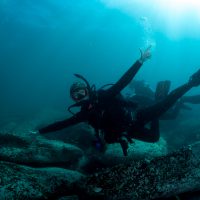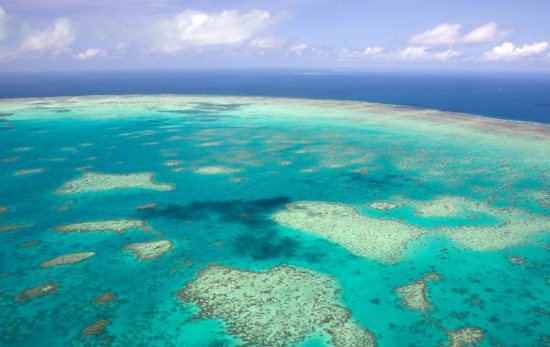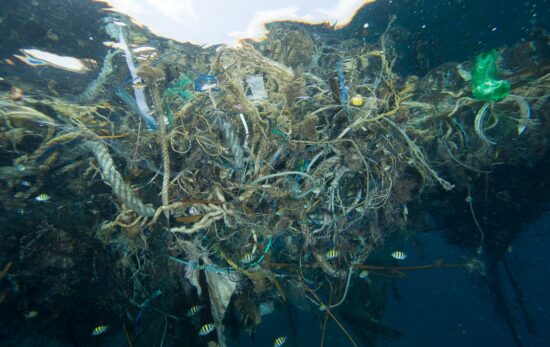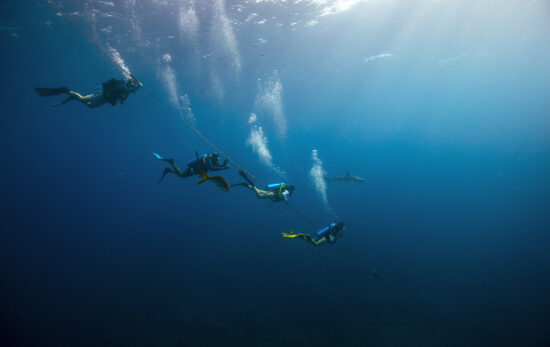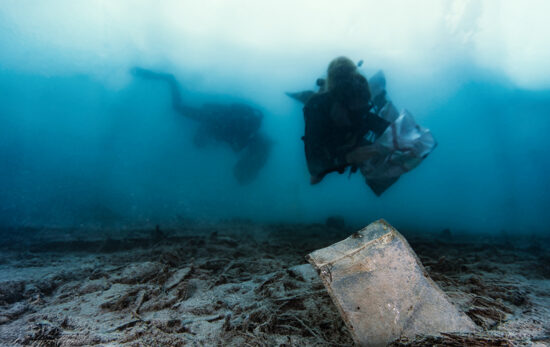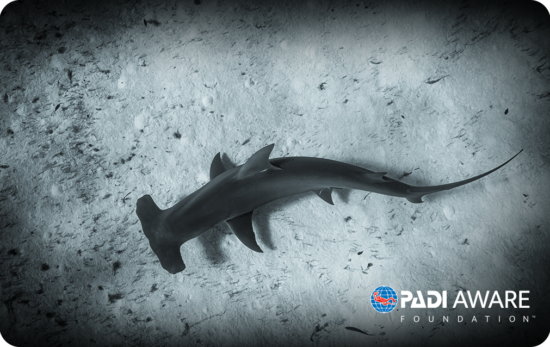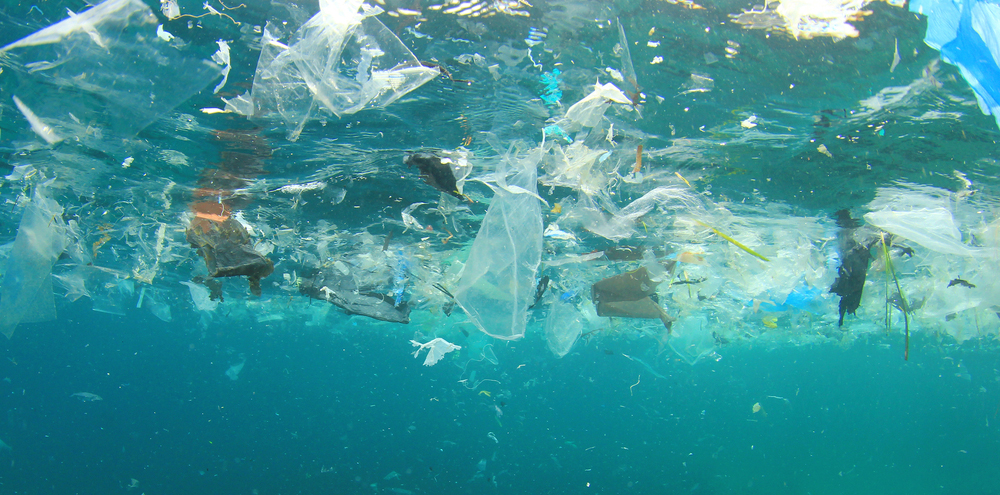 It’s a devastating thought that in the North Pacific Ocean there’s a congregation of marine debris known as ‘The Great Pacific Garbage Patch’. The debris has been guided there by the ocean currents and is trapped in the centre of the North Pacific Subtropical Gyre.
It’s a devastating thought that in the North Pacific Ocean there’s a congregation of marine debris known as ‘The Great Pacific Garbage Patch’. The debris has been guided there by the ocean currents and is trapped in the centre of the North Pacific Subtropical Gyre.
There’s a lot of unanswered questions and misunderstandings that surround this part of the world – so we wanted to bust a few of the myths floating around.
- ‘The Great Pacific Garbage Patch,’ is a plastic island in the middle of the ocean
‘The Great Pacific Garbage Patch’ elicits thoughts of water so packed with plastic that boats can’t pass though, or an island made of trash. The fact is, much of the rubbish found in The Great Pacific Garbage Patch sits below the surface of the water, hidden from view.
While there are many different types of debris found in the patch, the large majority I plastic, which is not biodegradable. Rather than wearing down, many plastics simply break into smaller and smaller pieces. What’s left behind is a cloudy soup of microplastics in our ocean.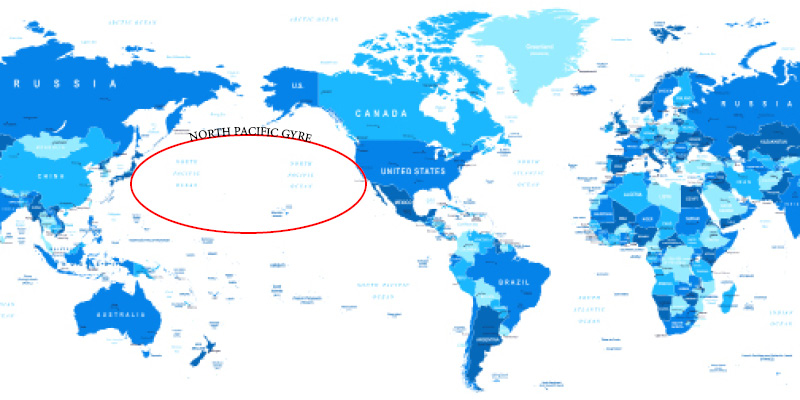
- There is only one garbage patch
In the Pacific Ocean alone, there are in fact two patches of marine debris concentration. The Western Garbage Patch, near the Japanese coast, and the Eastern Garbage Patch which is located near Hawaii.
Another important area is the Subtropical Convergence Zone. Here there’s a high abundance of marine life and another area of marine debris concentration.
There are other places in the world with similar ocean conditions and, sadly, anecdotal reports have shown areas of marine debris concentration in the Atlantic Ocean too.
- The patch is the size of Texas, or twice as big as Texas, or the size of the United States
The truth is, we simply don’t know the exact size of the patch. Most scientists do estimate the patch to be twice the size of Texas, but because most of the debris sits underwater, and the currents constantly move it around, it is difficult to know.
- We can clean up the patch
This is probably the most devastating fact, but there is little we can do to clean up the patch. Partially because the area is so vast and partially because a lot of the debris is so small.
What we can do however, is prevent it from growing further. The best thing we can do to prevent more plastic ending up in our oceans is reduce our use of it. You can read our tips on how to do this here.
